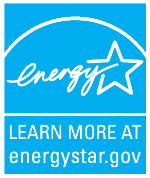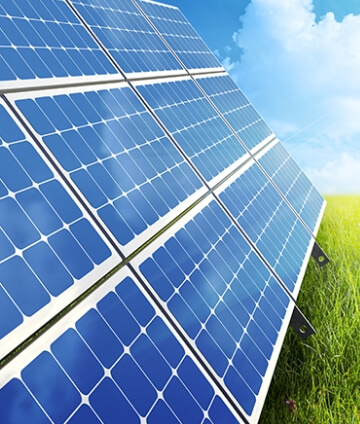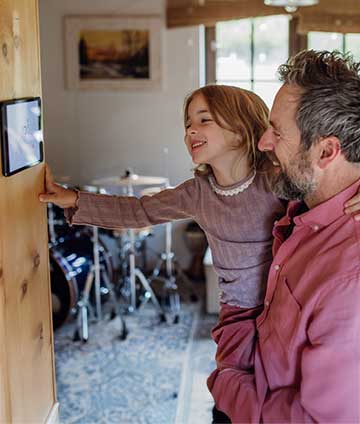-
Residential
Everything we do is for the benefit our members. We’re proud to provide a wide variety of products and services for your home, helping you save time, money and energy.
-
Business
Everything we do is for the benefit our members. We’re proud to provide a wide variety of products and services for your business, helping you save time, money and energy.
-
Contractors
Contractors
We’re dedicated to helping our members make smart energy usage decisions. We offer many informational and educational resources, programs and incentives, and energy-efficiency rebates for both business and residential members.
-
Clean Energy & EVs
Clean Energy & EVs
As part of our strategic initiatives, we are committed to environmental leadership. Pursuing renewable energy alternatives and giving members the choice to support those initiatives is the right thing to do. With a wide variety of commercial and residential programs, we will partner with you in your efforts to go green, whether at home or at work.
-
Company
Based in Ramsey, Minnesota, Connexus Energy is Minnesota’s largest consumer-owned electric cooperative, providing electricity and related products to member residents and businesses. The Connexus Energy Board of Directors, elected by our membership, governs the electric cooperative. We serve more than 147,000 members in portions of Anoka, Chisago, Hennepin, Isanti, Mille Lacs, Ramsey, Sherburne and Washington counties.
- Residential
- Business
- Contractors
- Clean Energy & EVs
- Company

Energy Saving Tips
Connexus Energy is dedicated to helping members save energy – and save money on their monthly electric bill.
We’ve put together a few simple suggestions to help you reduce the amount of electricity wasted in your home, as well as tips for businesses, home lighting and cooling, and other energy saving resources.
Quick tips
Adjust thermostats
Turn down your thermostat during winter months, and turn it up during summer months. A difference of even two degrees can have an impact on your heating and cooling costs. If you haven’t already, install a programmable thermostat. The average consumer can save $180 in energy costs over the course of a year.
Lower the water heater temperature
Although some manufacturers set water heater thermostats at 140°F, most households usually only require them to be set at 120°F. For each 10°F reduction in water temperature, you can save between 3-5% in energy costs.
Go low-flow
Install water flow restrictors and aerators on sink and laundry tub faucets. These measures save money by reducing heated water use – and minimizes the burden on your water heater.
Flip the switch
Turn off lights and equipment when not in use. Don’t underestimate the energy savings by turning off or unplugging seldom-used televisions, stereos, and computers.
Unplug
Standby power, or electricity used by electronic items that are turned off, can cost approximately $5 per month in the average home. Unplug anything that displays a light or clock when the equipment is turned off.
Seasonal tips
Each season offers opportunities for energy savings. Cut your energy costs throughout the year with these helpful tips.
Spring: Landscape for efficiency
Strategically-placed trees and shrubs can save up to 25 percent of a typical home’s heating and cooling energy usage. Plant to shade both west-facing and east-facing windows, and avoid planting near power lines.
Summer: Keep your cool
Install ceiling fans to reduce air conditioning costs. Ceiling fans keep the house at a comfortable temperature, even with the thermostat set at 78°F. You’ll save 3 to 5% on air conditioning costs for each degree you raise the thermostat.
Fall: Tighten up your home
Air moves in and out of your home through even the smallest openings. About one-third of this air moves through openings in your ceilings, walls, and floors. Caulk and weather-strip doors and windows. Seal air leaks where plumbing, duct work, or electrical wiring penetrates through exterior walls, flows, and ceilings.
Winter: Get a smart thermostat
Install a smart thermostat to keep your home comfortable during the heating season, as well as the cooling season in summer. You can program your smart thermostat from your computer, tablet, or smartphone from any location, whether you’re across the room or across the country.
For additional energy saving tips visit energystar.gov.
your most powerful membership®
These four words focus on the most important component of our cooperative: our members. In a cooperative, everything we do is for the benefit of our membership. This vision provides daily inspiration to build powerful partnerships with our members.

Contact Connexus Energy
Get in touch with Connexus Energy. Call, email, stop in, or fill a form with your questions and feedback.





